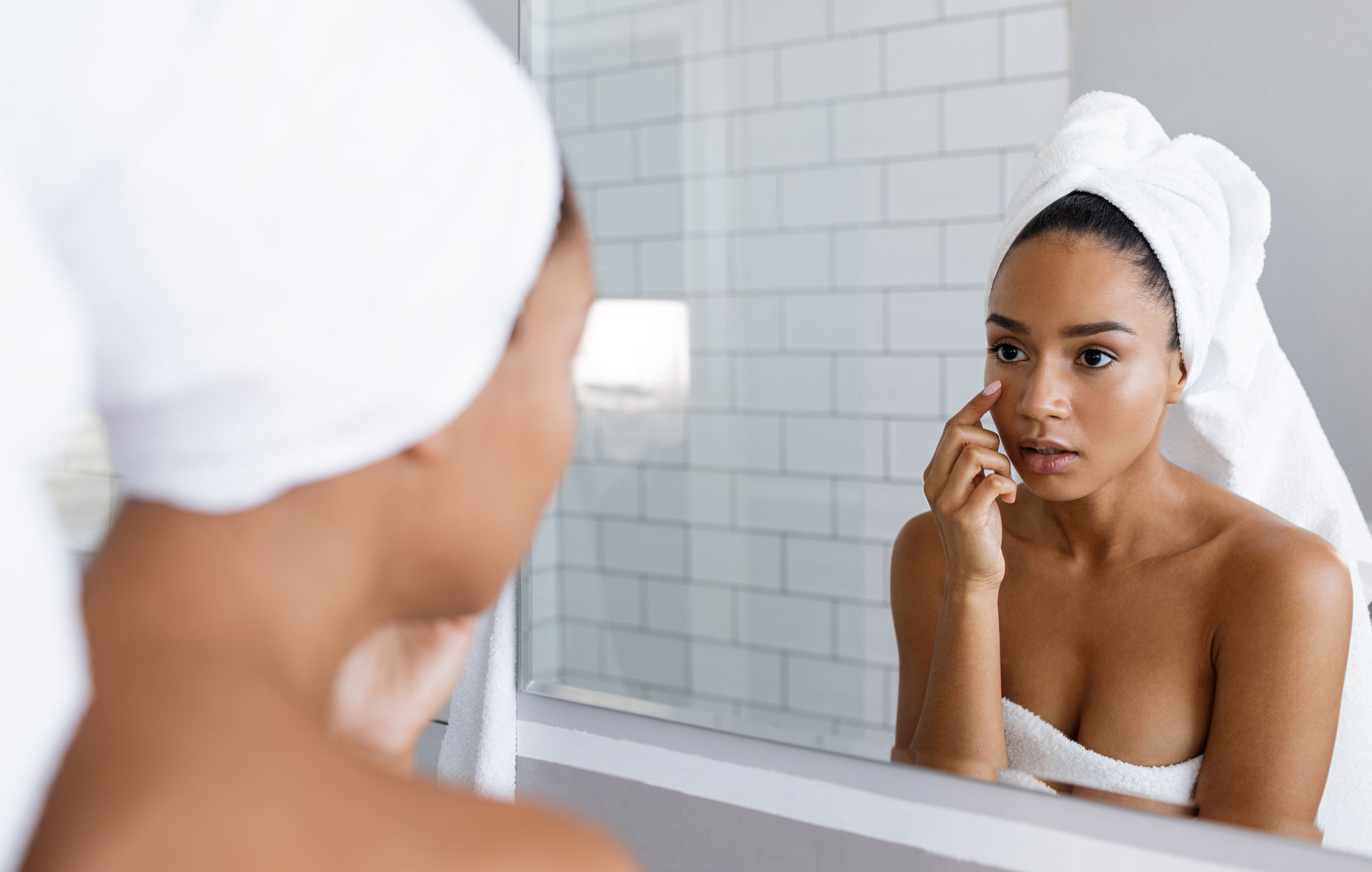Knowing the difference between pore-clogging and acne clearing ingredients
Discussing ingredients among skincare professionals can be an all-day affair. This is a good thing because ingredient knowledge is essential for estheticians. This is especially true for those specializing in specific and complex skin conditions such as acne. As you may know, acne is a hereditary disorder of the pores caused by retention hyperkeratosis, however, breakouts can be made worse by the type of products and ingredients we use on the skin. It’s not only skincare products you and your clients need to inspect for pore-clogging ingredients but also cosmetics, hair care, laundry detergent, and anything else that comes in contact with the skin.
[ihc-hide-content ihc_mb_type=”show” ihc_mb_who=”2,4,6,7,5″ ihc_mb_template=”3″ ]
The easiest way to determine which ingredients to avoid is by using the comedogenic scale. This scale measures how likely skincare ingredients like oils and butter are to clog pores. The comedogenic scale ranges from 0-5 measuring from “will not clog pores” to “highly likely to clog pores”. Some of the most common culprits that are regularly overlooked are “natural” ingredients such as seaweed, coconut oil, and shea butter. These ingredients are not problematic for everyone but can be extremely problematic for those who are acne-prone. When choosing treatment and home care products for your clients, it is imperative to dig deeper and inspect the ingredient deck, even if you are working with a product claiming to be acne-safe.
Depending on the type and severity of the acne you are treating, there are many beneficial ingredients and types of products. These include exfoliating acids, humectants, antioxidants, and many more. One of the most versatile ingredients used to treat acne is l-mandelic acid. This alpha hydroxy acid is exfoliating, anti-inflammatory, anti-fungal, and anti-bacterial making it an excellent choice for those suffering from mild to severe inflamed, non-inflamed, and “fungal” acne.
Another hero ingredient is salicylic acid which has anti-inflammatory and anti-bacterial properties. Not only is this beta hydroxy acid great for treating oily, acne-prone skin it is also a key ingredient when treating Papulopustular Rosacea also known as acne rosacea. Other acids that are seen in acne-safe formulations that can also help to improve the overall look and feel of the skin include lactic acid, azelaic acid, and kojic acid. These ingredients are especially helpful for those that experience post-inflammatory hyperpigmentation from their past acne lesions.
While chemically exfoliating, it is essential to keep the skin hydrated, moisturized, and protected. There is a misconception that those suffering from acne should avoid moisturizers and this misconception can be extremely detrimental to those not seeking the help of a professional. Maintaining a healthy barrier function is necessary for healing and clearing the skin making ingredients like hyaluronic acid, gluconolactone, niacinamide, and zinc oxide excellent additions to an acne-fighting routine. When clients are neglecting their skin’s barrier that opens the door to additional skin conditions such as atopic dermatitis, severe dryness, and an increase in breakouts.
There is no cure for acne, so your back bar and retail products along with your professional guidance must work together to manage your clients’ clearing journey. This can be helped along with benzoyl peroxide, which when used consistently can help to manage and stop retention hyperkeratosis. Benzoyl peroxide penetrates deep into the pore to exfoliate away dead skin cell build-up and oxygenates to kill any bacteria present. Microcomedones have met their match in benzoyl peroxide!
Regardless of what line you choose to treat your clients, make sure that if you are attempting to treat acne that you have become as educated as possible on this pesky skin condition. Since the treatment and understanding of acne is not something most esthetic programs help students master, it is up to us as professionals to continue our education to be as effective as possible for our clients.













